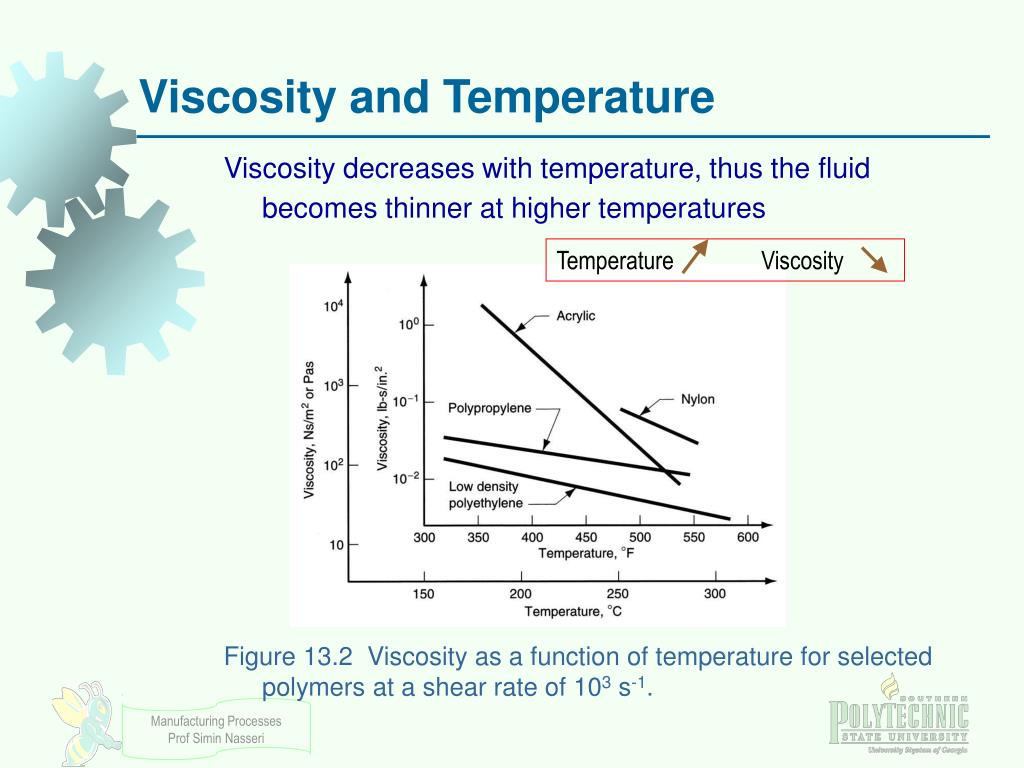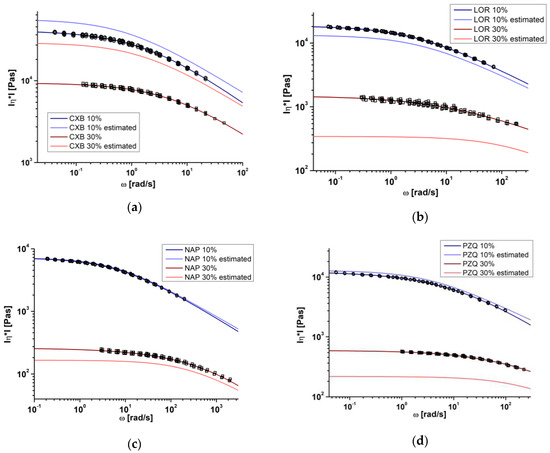

The polymer was found to be piezorheologically simple, and the HPSPR data indicated that the pressure coefficient of viscosity β ≡ dln( a P)/ dP decreased slightly with increasing pressure at high pressure. In the HPSPR, the pressure, shear rate, density, and viscosity are all uniform throughout the sample, while the analysis of capillary data is complicated by the axial pressure gradient and the radial shear rate gradient.

The pressure coefficient of viscosity of poly( α-methylstyrene-co-acrylonitrile) was measured using a high-pressure sliding plate rheometer (HPSPR) and two types of capillary rheometer: a piston-driven device with a throttle at the exit operated at a fixed flow rate, and a counter-pressure nitrogen capillary rheometer (CPNCR) operated at a fixed pressure drop.


 0 kommentar(er)
0 kommentar(er)
